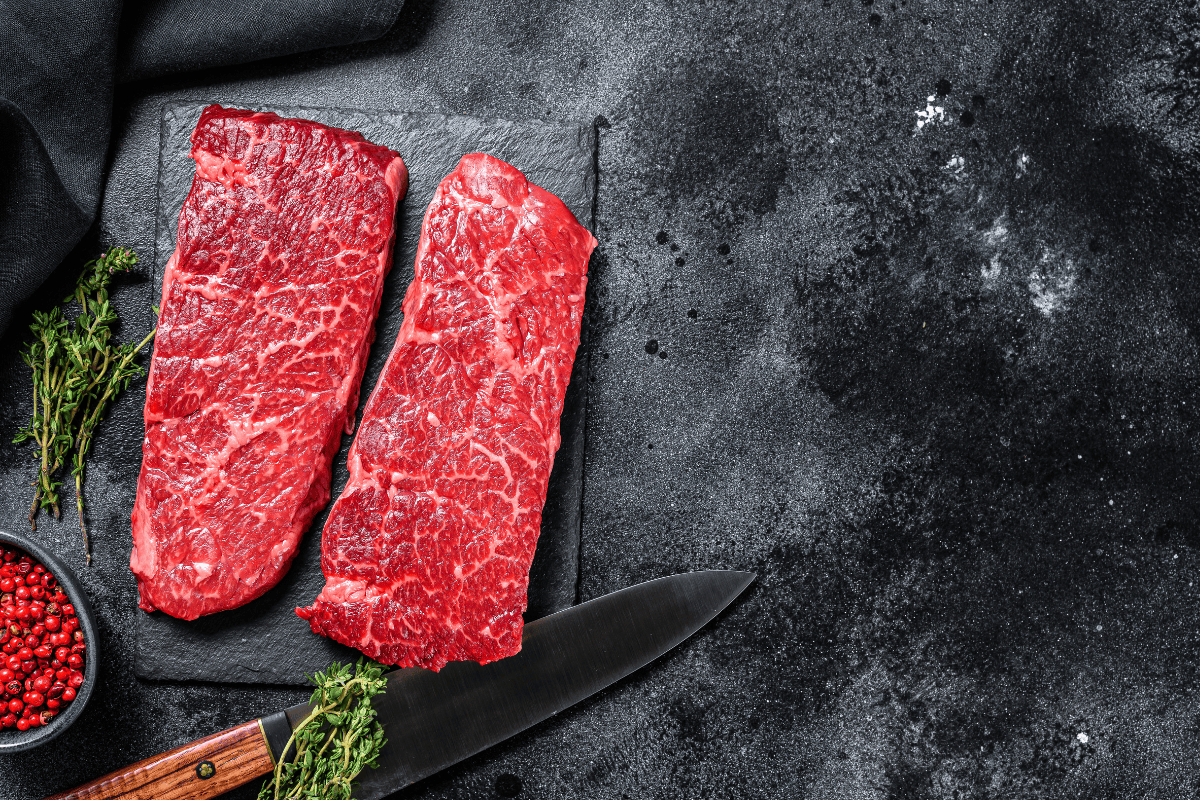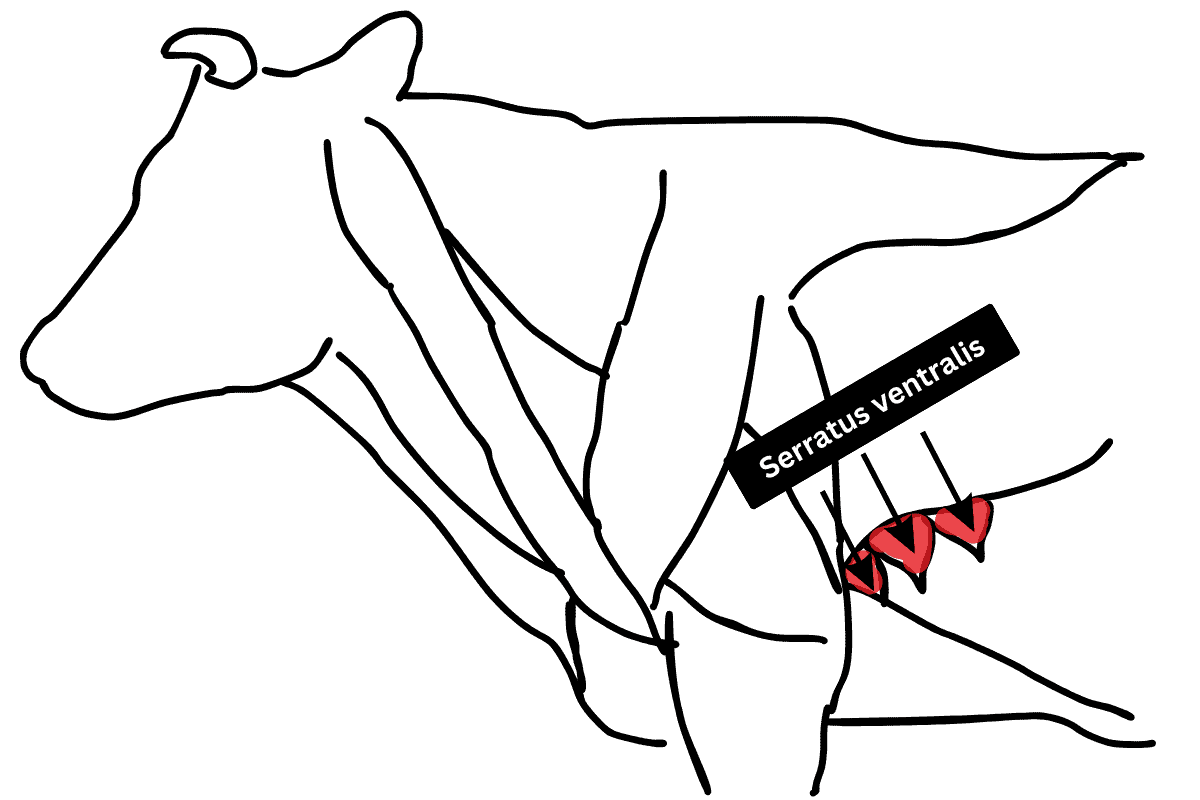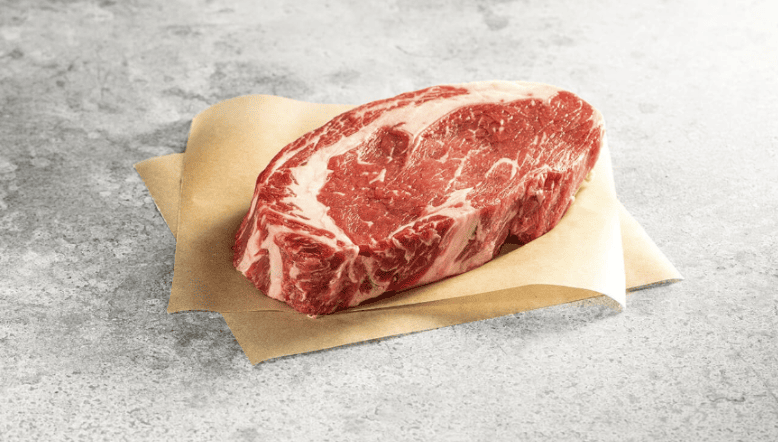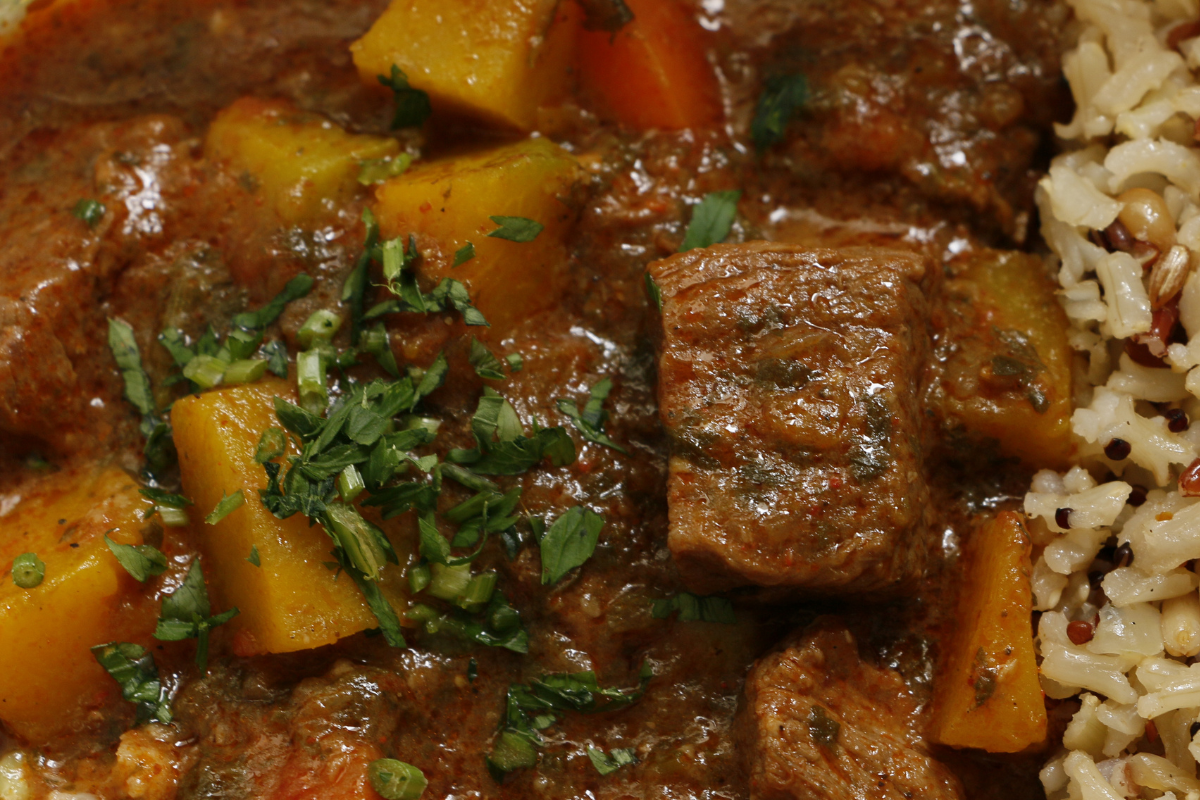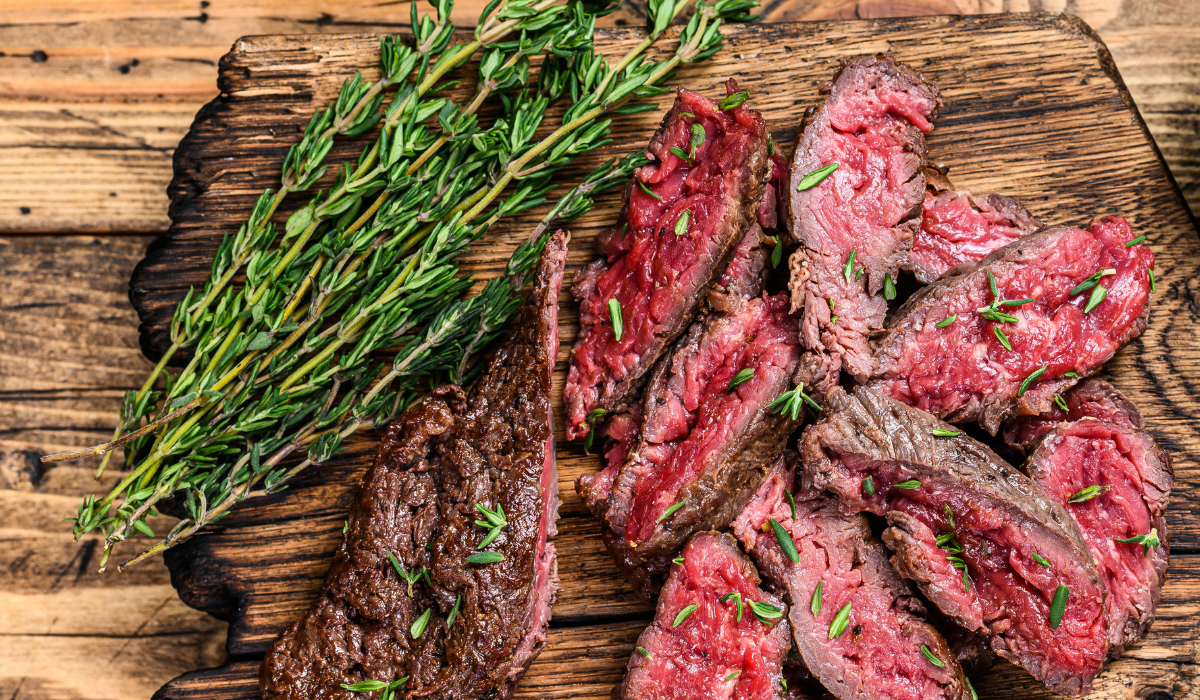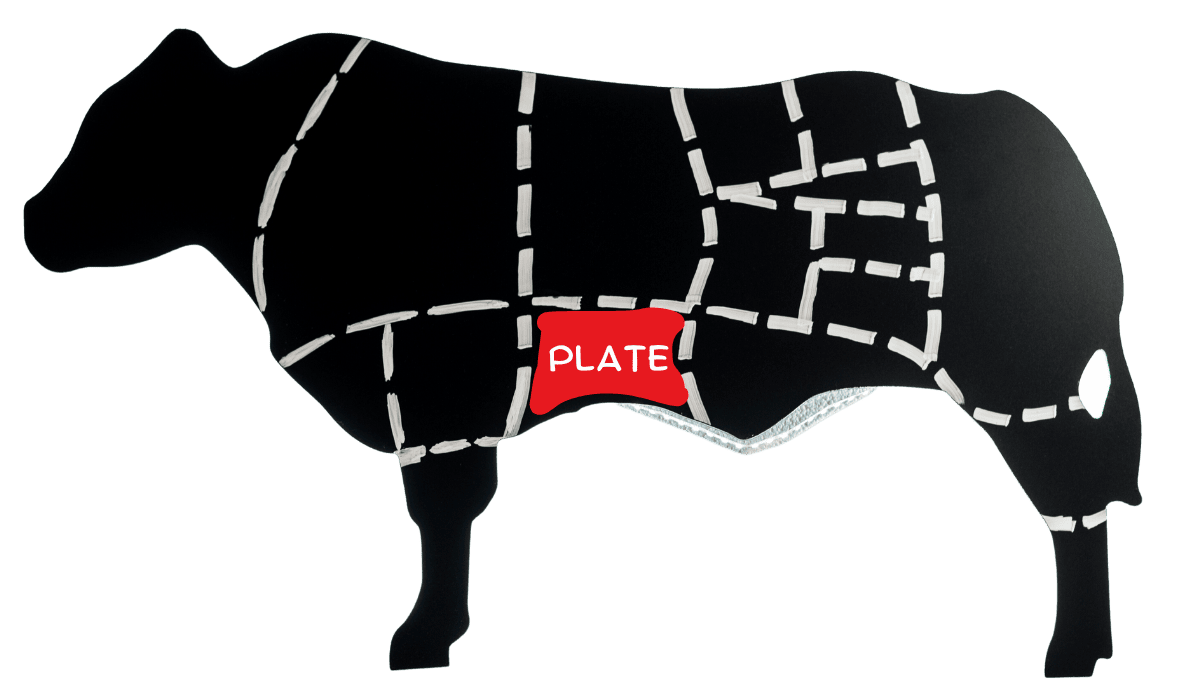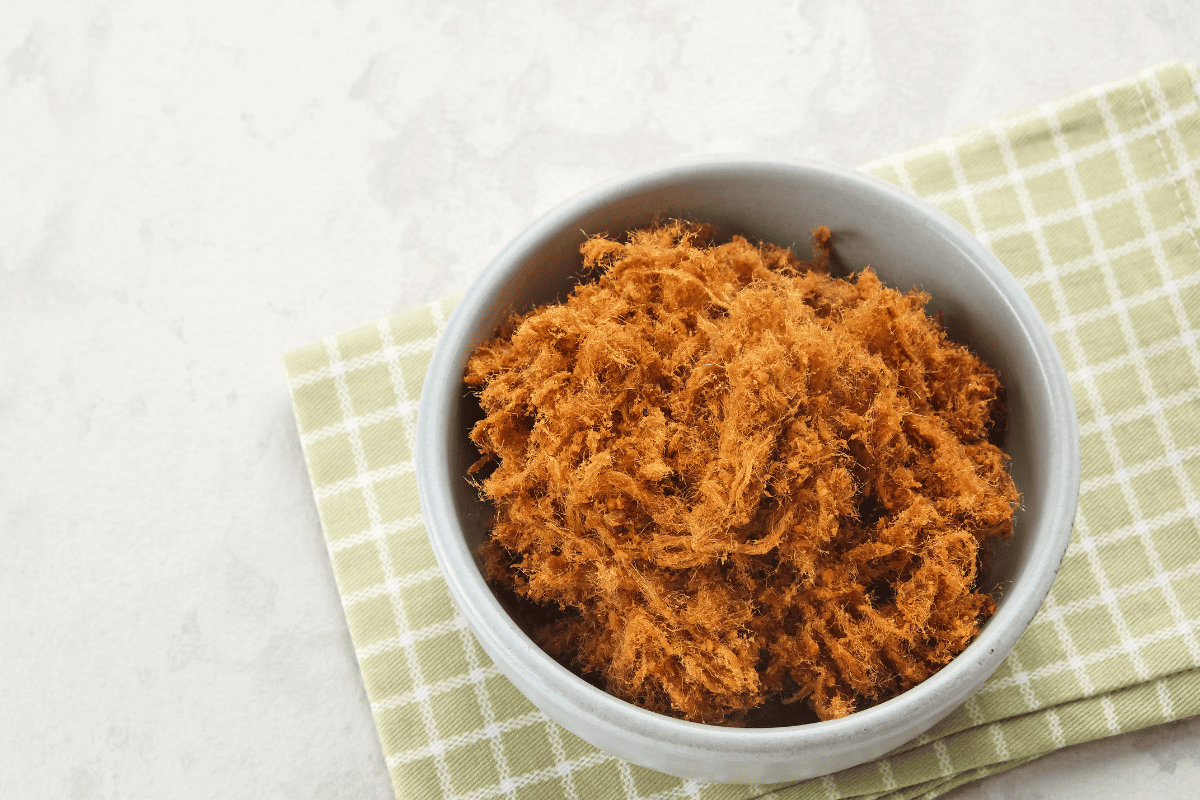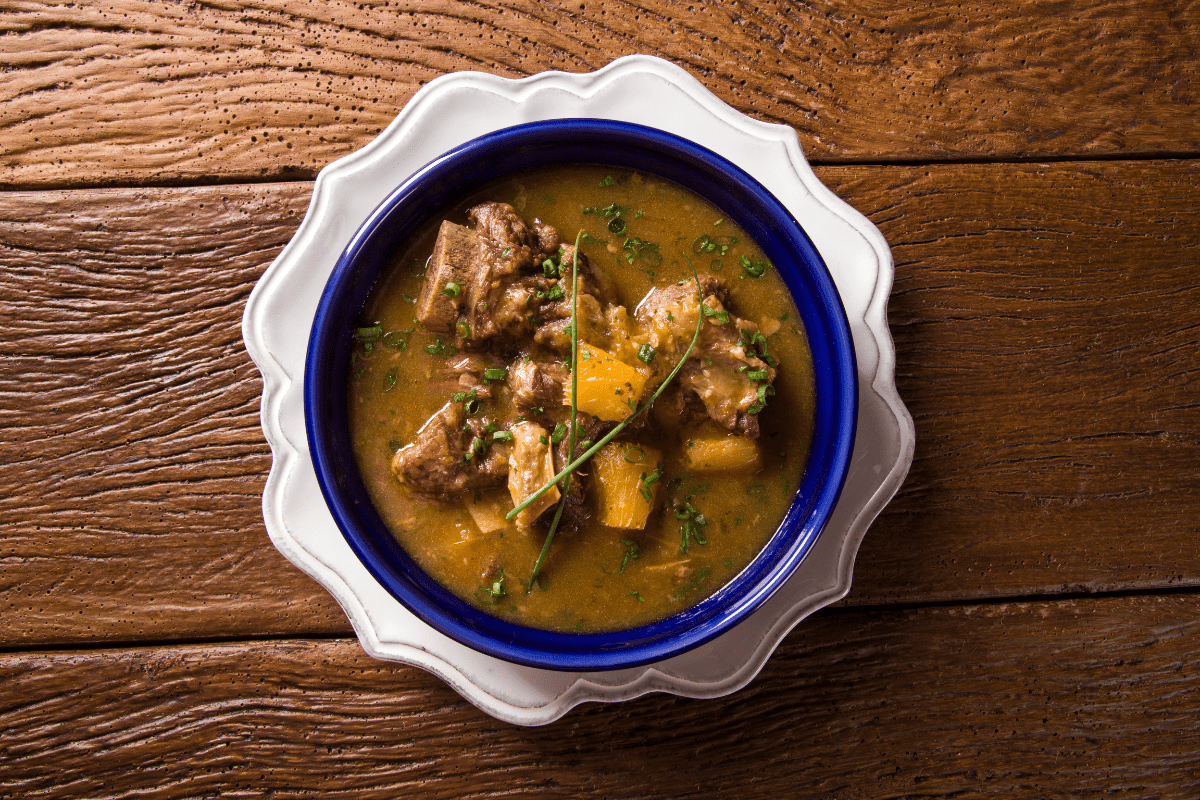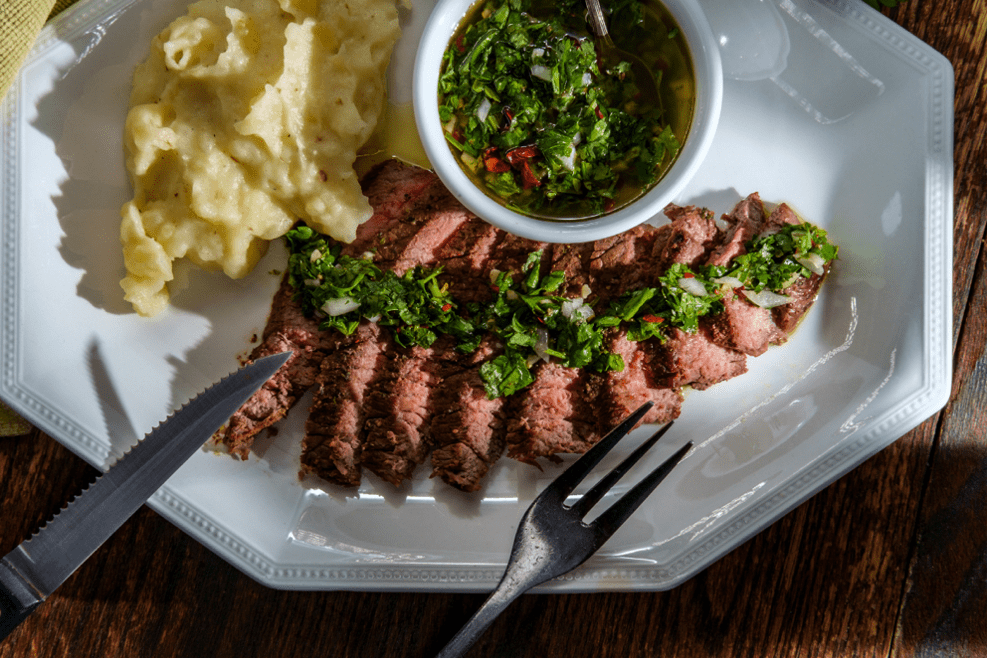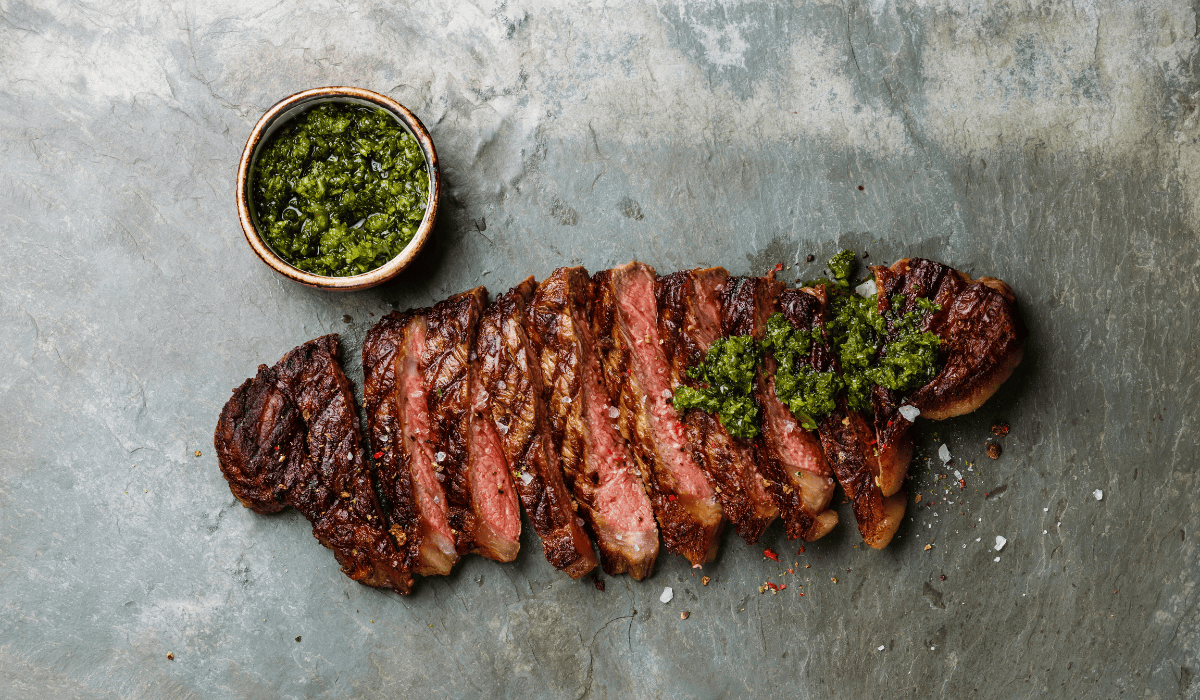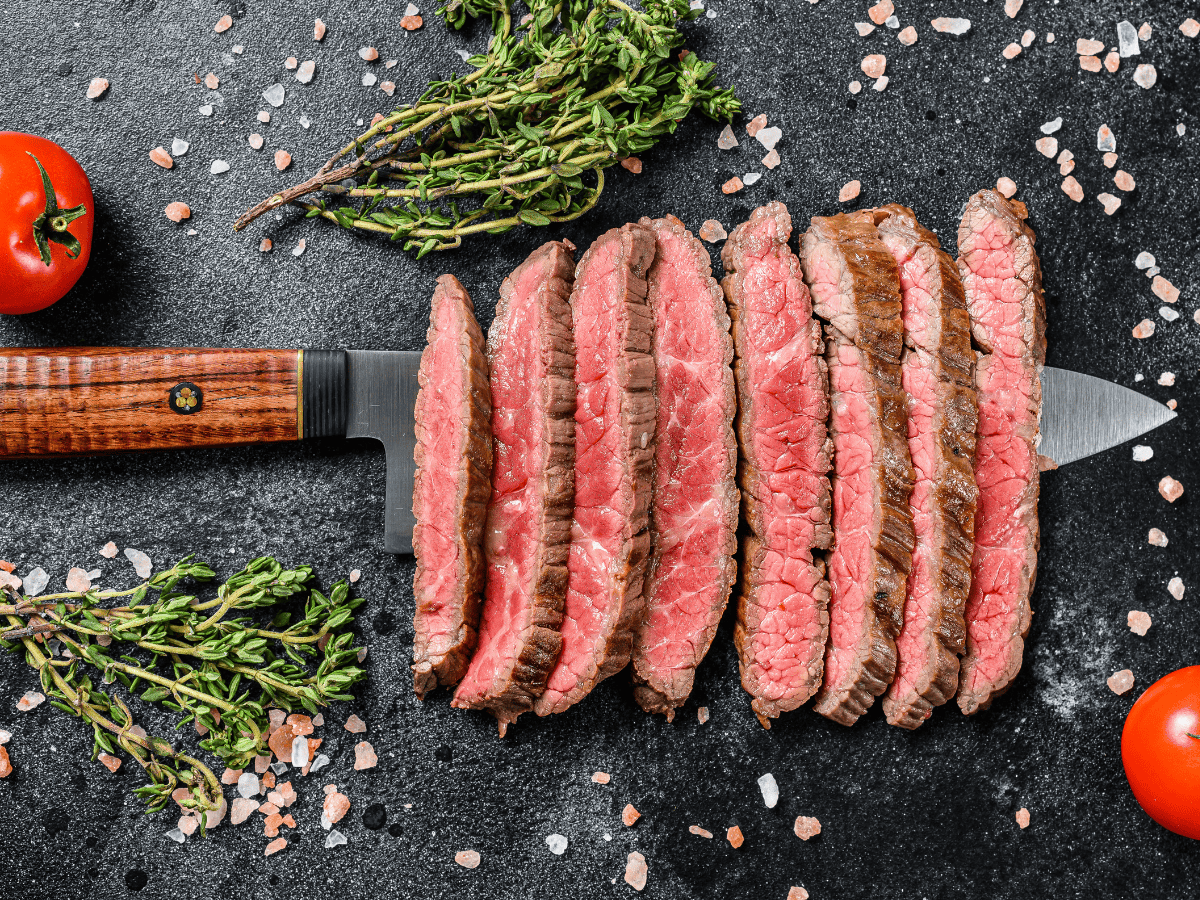
Traditional Brazilian churrasco centers around beef: prime cuts spit-roasted over open coals make for some of the most succulent, flavorful meat you will ever taste. Most of us are familiar with picanha, which is by far Brazil’s favorite cut of meat. But a close second is the fraldinha, or sirloin flap steak. Bursting with beefy flavor and just the right texture for grilling, it is a must for your next cookout. Let’s learn more fraldinha, including prep and cooking tips.
What Cut of Meat is Fraldinha?
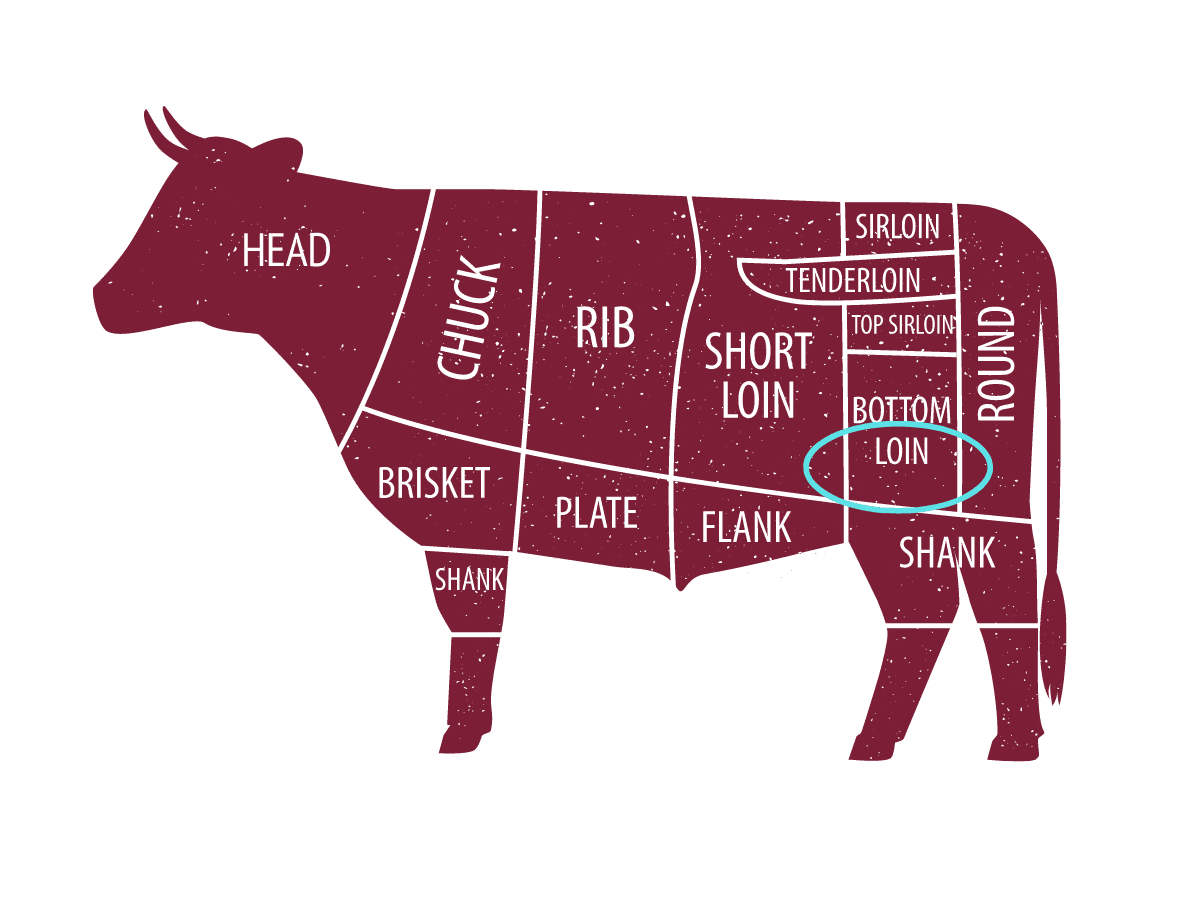
Before getting into the details, it’s important to understand what sirloin is: this part of the cow is cut into two sections, top and bottom sirloin. Fraldinha comes from the bottom sirloin, which is traditionally cut into three parts: the ball tip, tri-tip, and flap steak.
Fraldinha translates to “little diaper” in Portuguese, alluding to the steak cut’s distinctive shape. It is thin, marbled with juicy fat, and versatile.
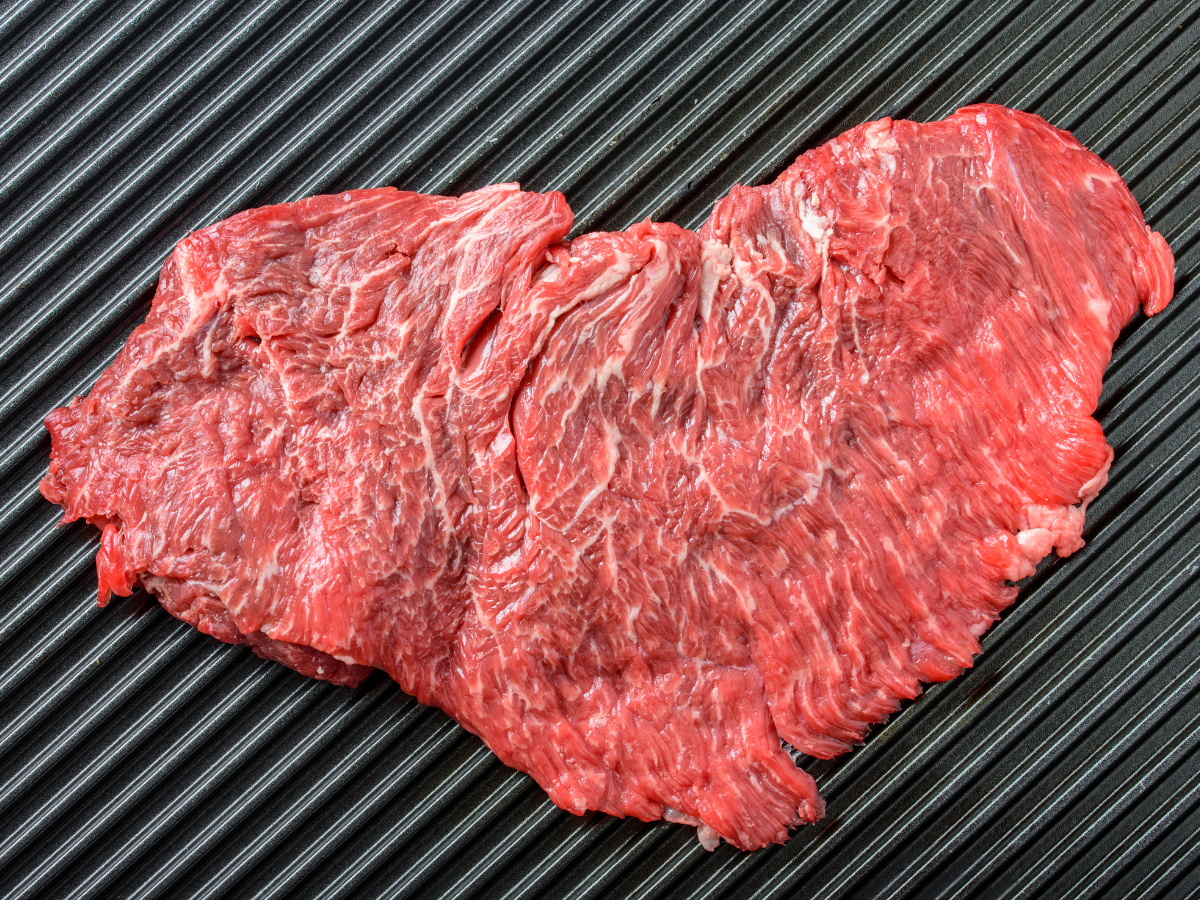
Fraldinha in Brazil: The Other Favorite Cut
Often overshadowed by picanha, Fraldinha is frequently mistaken for this similar cut of steak. Picanha has a thicker layer of fat on one side as it comes from the rump of the cow. This layer of fat adds enhanced flavor that you will not necessarily get in Fraldinha, but the latter cut contrasts with marbled fat throughout the steak so the fat seeps into the beef more evenly.
Both fraldinha and picanha are integral to churrasco, which is a typical beef-grilling method well known in Brazil. Both of these cuts are cooked basically the same way, offering different benefits for your flavor and dish preferences.
Of course, fraldinha is not limited to Brazil. It is a prevalent cut of beef in other South American countries, especially Uruguay and Argentina. In France, flap steak is known as “bavette.” It is served in bistros with a flavorful shallot cream. In Mexico, flank steak is the cut used to make carne asada.
Sirloin Flap vs Flank Steak: What’s The Difference?
Sirloin flap is often used synonymously with flank steak, but they are not the same thing. The bottom sirloin is adjacent to the flank on the cow, but it is a different cut. Flank is derived from the external oblique muscles of the cow, making it a thicker, leaner cut of meat compared to the sirloin flap.
Fraldinha, on the other hand, has slightly shorter muscle fibers and is somewhat fattier than flank steak. While both cuts are composed of various flat and broad muscles surrounding the abdomen, the placement of the bottom sirloin – which is where the flap steak cut is from – allows for more flavor and tenderness than flank steak.
In general, however, sirloin flap steak costs about the same as flank steak, and both are cooked and served in similar fashion: long, flat pieces with a nice pink middle and grilled edges. Both are cut against the grain for optimal tenderness.
Is Sirloin Flap Steak The Same As Hanger Steak?
Sirloin flap steak, as we have learned thus far, can be confused with many different steak cuts. While flap steak is commonly mistaken for both picanha and flank steak, it is also a common misconception that Fraldinha is the same as hanger steak.
Hanger steak comes from the plate of the cow, where it “hangs” between the tenderloin and rib. It is prized for its flavor, tenderness, and relative affordability. Hanger steak is also known as the “butcher’s cut,” because butchers were known to hold this piece back for themselves.
Both hanger and sirloin flap are an economical and delicious alternative to more expensive cuts of beef, such as bone-in filet mignon or a porterhouse. It is worth noting that both flank and hanger steaks are offered in smaller portions at the market–usually around 2 lbs–compared to the flap steak, which is typically 3-4 lbs.
What is the Best Way to Cook Sirloin Flap?
Fraldinha is best cooked quickly over high heat, such as on the grill. As it is a larger cut of beef, you may be tempted to cut it into smaller portions for cooking–don’t do it! Leave the meat in one piece for cooking, then slice it against the grain after you have let it rest for ten minutes. A large, three-pronged skewer will allow you to easily flip the meat and maintain even cooking.
How Do Brazilians Eat Fraldinha?
The beauty of Fraldinha is in its natural, beefy flavor. Brazilians don’t like to disguise this flavor too much, so a dash of salt and pepper is typically all that is added before a quick spit-roast over open coals.
That being said, Brazilians are certainly not averse to condiments with their fraldinha and other cuts of beef. A zesty chimichurri spooned over the top more than fits the bill, as does a side of creamy garlic dipping sauce.
Do You Marinate Fraldinha?
Cuts of beef with long muscle fibers, such as flap steak, lend themselves beautifully to a marinade. You can use any marinade you like, just be sure to give it ample time to seep into the meat–at least three hours, but overnight is ideal. For a delicious and simple flap steak marinade, try the following:
Fraldinha Marinade
For every 1lb of sirloin flap steak:
- 2 ounces of extra virgin olive oil,
- the juice of two limes,
- 3 cloves of minced garlic,
- 2 ounces of green cachaca,
- 1 tablespoon of honey,
- 1 tablespoon of soy,
- 1.5 teaspoons of salt,
- freshly ground black pepper.
Mix all the ingredients together with the sirloin flap, and marinate overnight (or for 3 hours minimum).
Sides to Go With Sirloin Flap
Sirloin flap pairs very well with various sides as the grilled meat flavor is distinct and versatile. We recommend Crispy Steakhouse Brussels Sprouts, which are subtle yet flavorful, and offer a healthy option as an addition to your steak dinner.
Greek Rice Pilaf, otherwise known as Arroz a Griega, is a hearty side that provides an abundance of flavors including garlic and onion, which always pairs well with steak.
If you like to mix and match your meats in a meal, our Brazilian Collards with Bacon recipe might be for you. Collards are high in dietary fiber and are generally considered a very healthy addition to a meal, and the incorporation of bacon creates a delectable side that pairs well with grilled steak.
Where To Buy Flap Steak
Sirloin flap steak is making its way into local markets, but it can still be somewhat difficult to find. It is conveniently available in our online butcher shop, where you can find other delicious cuts of meat that will be delivered right to your door in time for grilling season.

